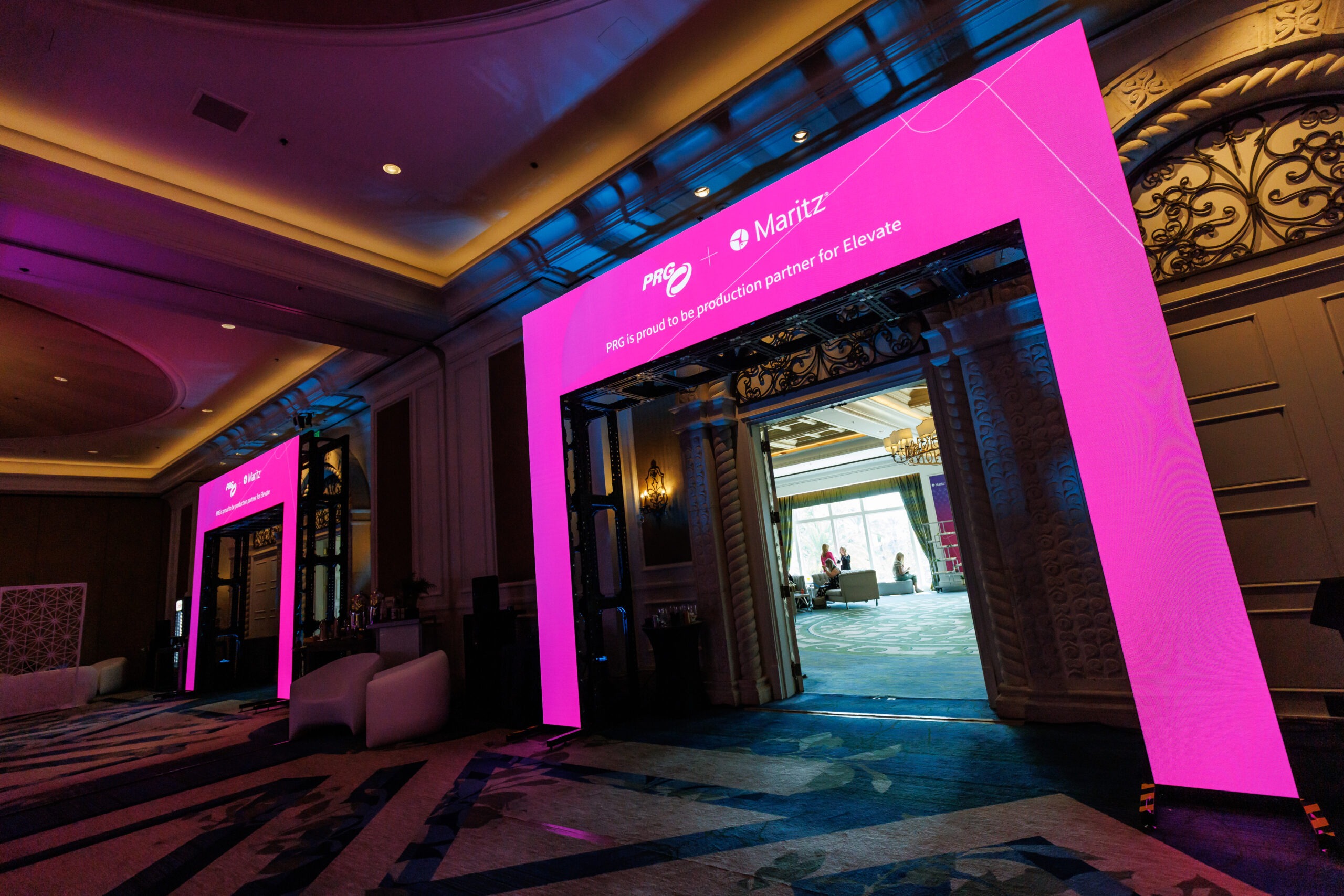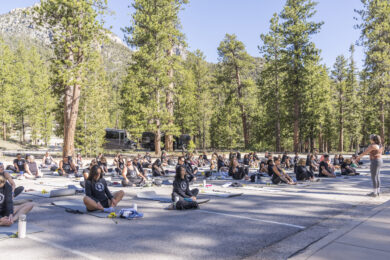Sustainability by definition is meeting the needs of the present without compromising those of the future. It provides us with the opportunity to not only protect the environment, but to ensure that we are contributing and promoting the well-being of people long beyond our event. This fits so well with our industry—the impression that we leave on our attendees at events today will keep them coming back in the future.
For a long time, there was a misconception around green events as having higher costs and being laborious for event professionals to execute. While several years ago that may have been true, new technology has made it much easier and less costly to implement sustainable practices at events. And fortunately, in some ways sustainable tech is actually moving toward revenue generation, rather than occurring as an expense. At PRG, our skilled corporate events division has utilized a myriad of innovative technologies to achieve this, which can greatly benefit event planners and producers.
Digital Solutions: While not new to the event space, advances in technology have allowed for more diversity when it comes to digital solutions, such as signage, mobile apps, and web platforms. These technologies enable attendees to access event information without the need for printed materials, which can contribute significantly to paper waste. In a content-rich era, we will be able to better utilize these advances to provide for more personalized interaction with attendees and increased analytics for meeting organizers.
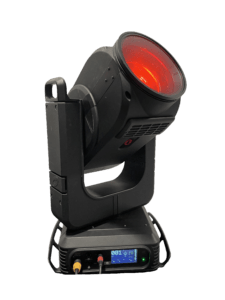
Lighting technology: LED and low-energy lighting systems use significantly less energy than traditional lighting options. The use of LED technology can reduce power consumption, extend bulb lifespan, and reduce heat release, contributing to reduced energy, waste and cooling needs. One such example is the PRG Best Boy LED which is an upgraded version of the industry-loved Best Boy, but with a new high wattage LED engine. PRG’s recent retrofit of the VL5 is another example of repairing and reimagining a fixture instead of replacing it. By upgrading these fixtures, we are able to divert them from landfills, give them new life, and be cost-efficient by not having to do complete replacements.
Video technology: Our industry has historically relied heavily on high output lamp-based projectors, but recent developments in projection technology over the last few years have allowed production teams to transition to primarily laser-based projection technology. Similar to LED technology, this has reduced waste and heat output. It also has the added benefit of being more dependable, so technicians are able to lamp down projectors when not in use. They also come with more lens options so we can get them closer to screens, to squeeze in those few extra seats.
Read More: Can Event Tech Save the World?
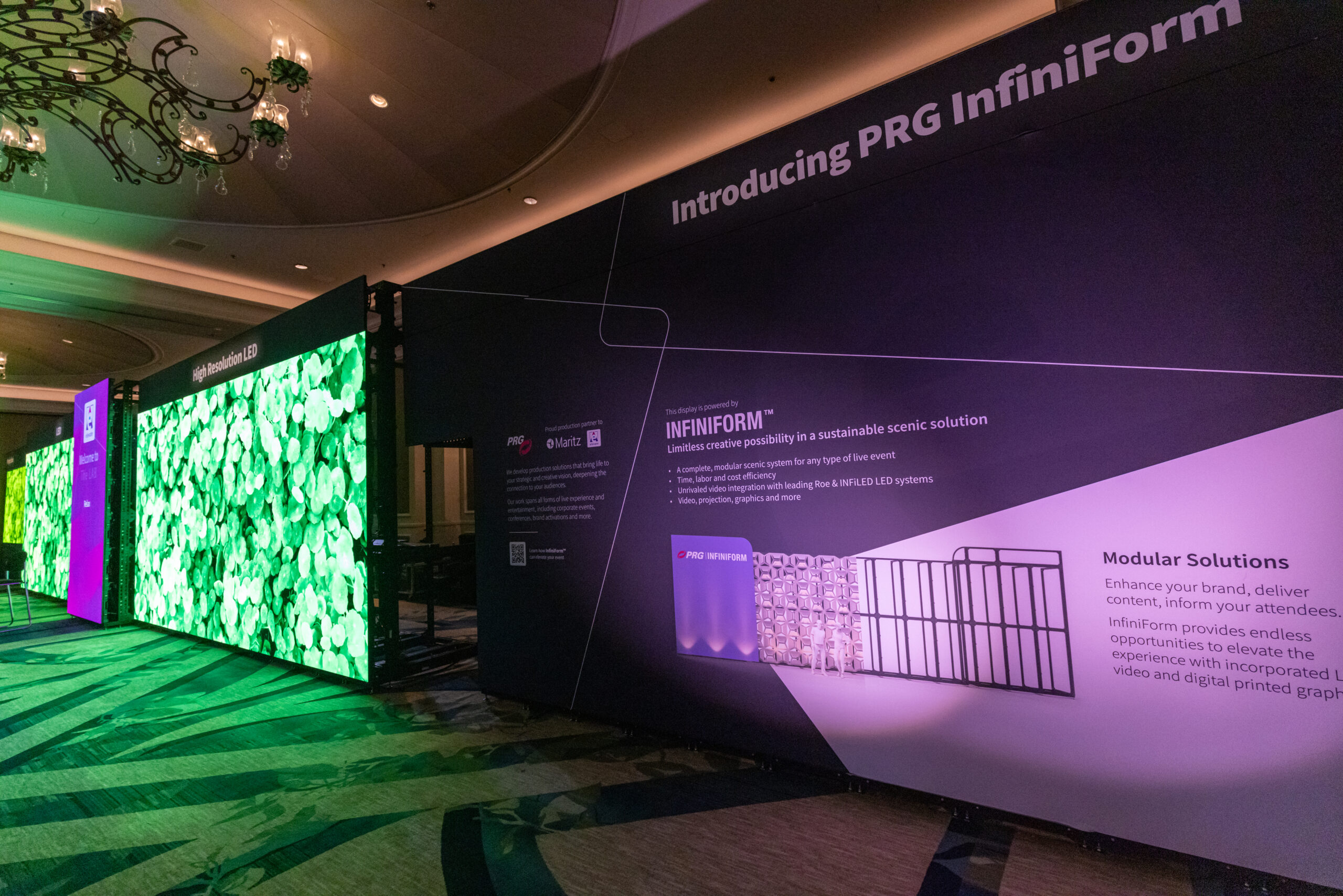
Scenic construction: Using eco-friendly materials such as bamboo and recycled plastics or metals can help reduce the environmental impact associated with scenic setup such as PVC and styrofoam. PRG’s InfiniForm™ is one such proprietary technology that offers a more sustainable event solution. InfiniForm™ is a modular, reconfigurable framing system that provides endless possibilities for event installations with much less material waste. We are also seeing increased usage of innovations in the audio-visual industry such as holographic projections, virtual, and augmented reality that can deliver captivating experiences and minimize physical build-out and transport.
Transportation: One of our biggest challenges as an industry is how we approach transportation for events. This includes everything from attendee and crew travel to the transportation of equipment to the event. On the equipment front, I think we will see more innovative products like PRG InfiniForm™, Spaceframe® or BAT Truss® that help to reduce the overall amount of truck space used. Additionally, we will work to source equipment more local to the events. Production providers will also be looking more closely at the amount of crew being traveled in for an event and taking into consideration local transportation options as well.
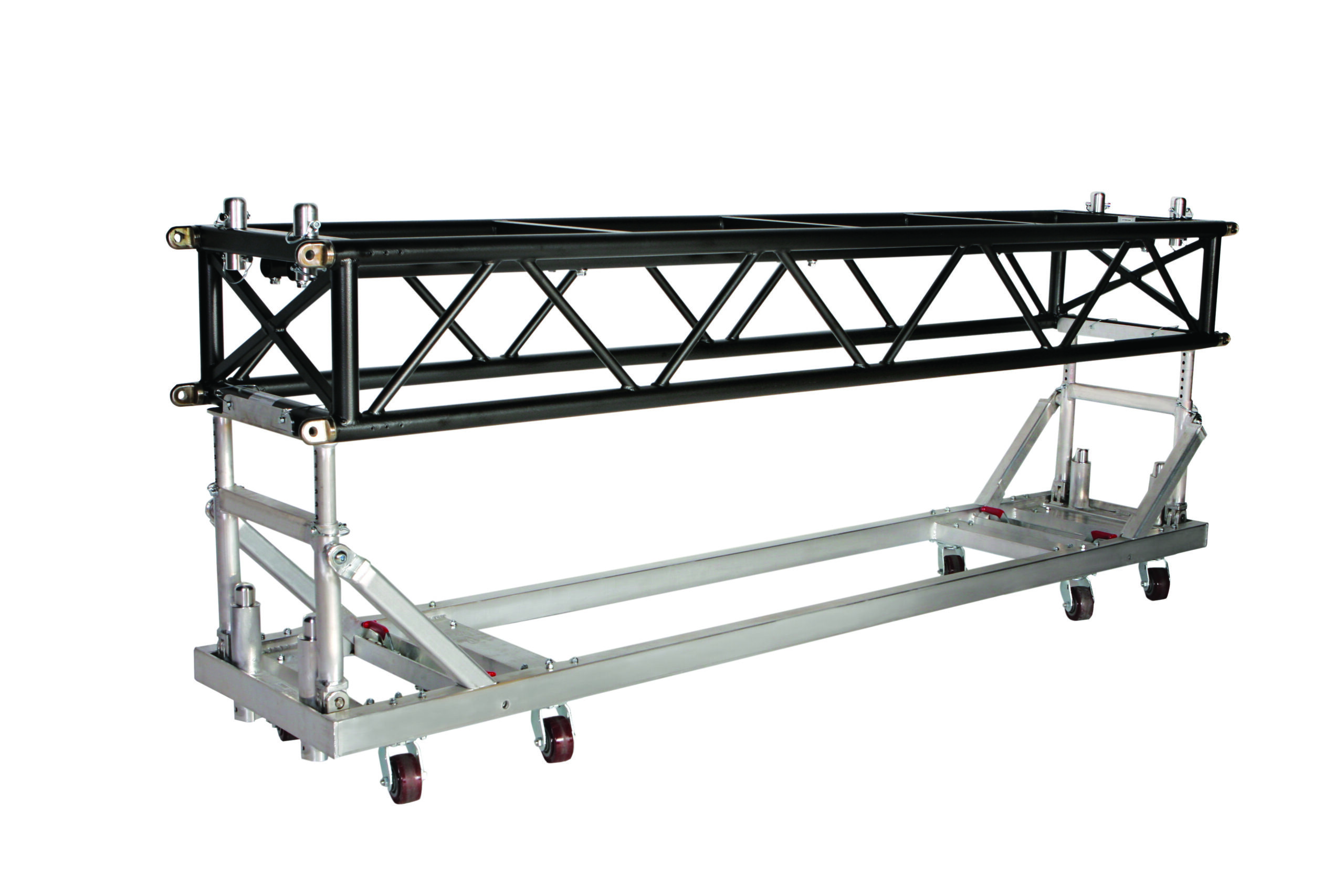
AI content creation: The introduction of AI-generated content is going to allow for still and video imagery to become much more accessible in budget and in terms of sustainability, as AI does not require filming locations, transportation, or scenic fabrication. The technology is also becoming much easier to deploy, which will allow us to integrate it more often as a scenic element or even as decor within an event space. Hopefully this will allow us to reduce single use pieces that are often made of non eco-friendly products. We do, as an industry, need to be careful here to ensure that we don’t create more waste from single use custom screens and fabrics.
Projection over scenic: Similarly, it is more sustainable to utilize projection over scenic prop creation when feasible. Cincinnati’s Blink Festival of Light & Art is a great example of how we can leverage existing structures and enhance them through projection.
The Big Picture: All of this is important because we are seeing a continuing trend among both corporate events and association events, where attendees are being inclined to attend ones that are more sustainable. In 2020, First Insight Inc. found that 73% of Generation Z individuals would be willing to pay more for sustainability, with a majority willing to pay up to 10% more. Additionally, many corporations and universities track carbon usage with required reporting and limitations. This means that we are now having to consider the attendees’ carbon wallet in addition to their financial wallet. Events who lack sustainability may actually be missing out on revenue opportunities either from attendees unable to attend, or who are simply willing to pay more to go to a sustainable event.
Read More: Sustainability Tools for Easier Green Planning
By making technology our friend and not our foe, we can start to make little changes that will not only attract audiences, but make a big environmental impact over time.
Carter Dunham is the Vice President of Sales for Association and Exhibit markets in PRG’s corporate events division. With over 15 years in the events industry, Carter has held various roles, including Stage Electrician and Pyrotechnician for the Ringling Brothers and Barnum & Bailey Circus, and a Special Event Producer in Colorado. Since joining PRG in 2010, he has served as Project Manager, Show Operations Manager, Show Services Manager, and Account Executive.
—
 Carter is passionate about creating memorable event experiences and integrating sustainable practices. He holds a bachelor’s degree in theatre arts from the University of Northern Colorado. Outside of work, Carter enjoys camping, skiing, and hiking in the Rocky Mountains.
Carter is passionate about creating memorable event experiences and integrating sustainable practices. He holds a bachelor’s degree in theatre arts from the University of Northern Colorado. Outside of work, Carter enjoys camping, skiing, and hiking in the Rocky Mountains.
For more information, visit PRG.com or contact Carter at carter.dunham@prg.com.
